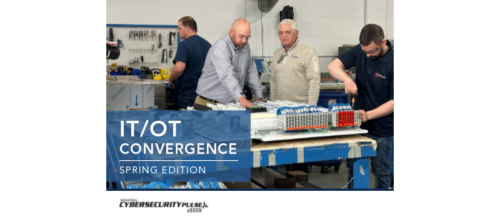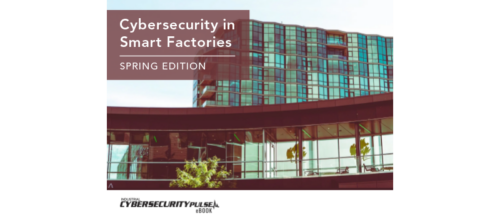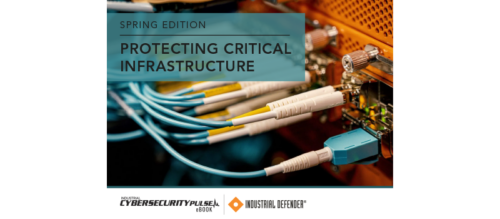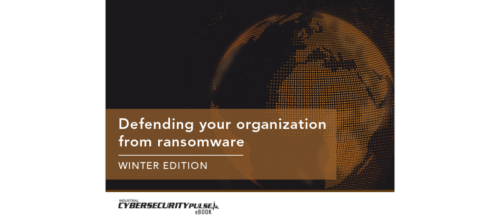Taking secure steps against counterfeits and piracy
Researchers have developed printed 3-D microstructures instead of 2-D structures, such as holograms, to improve counterfeit protection, which has increased over the past several years.
Security features should protect bank notes, documents, and branded products against counterfeiting, but they don’t.
Losses caused by product forgery and counterfeiting are huge and they keep growing as the German Engineering Association said damage caused in 2016 in its branch alone amounted to 7.3 billion Euros. Researchers of Karlsruhe Institute of Technology (KIT) and the ZEISS company propose to use printed 3-D microstructures instead of 2-D structures, such as holograms, to improve counterfeit protection.
"Today, optical security features, such as holograms, are frequently based on two-dimensional microstructures," said Professor Martin Wegener, expert for 3-D printing of microstructures at the Institute of Nanotechnology of KIT. "By using 3-D-printed fluorescent microstructures, counterfeit protection can be increased."
The security features have a side length of about 100 μm and are barely visible with the eye or a conventional microscope. For their production and application, Wegener and his team developed a method that covers all processes from microstructure fabrication to the readout of information.
The microstructures consist of a 3-D cross-grid scaffold and dots that fluoresce in different colors and can be arranged variably in three dimensions within this grid. To produce and print such microstructures, the researchers use a rapid and precise laser lithography device developed and commercialized by the Nanoscribe company, a spinoff of KIT. It enables highly precise manufacture of voluminous structures of a few millimeters edge length or of microstructured surfaces of several cm² in dimension.
The special 3-D printer produces the structures layer by layer from non-fluorescent and two fluorescent photoresists. A laser beam very precisely passes certain points of the liquid photoresist. The material is exposed and hardened at the focus point of the laser beam. The resulting filigree structure is then embedded in a transparent polymer in order to protect it against damage.
"Security features produced in this way are not only of individual character, but also very complex in manufacture. This makes life difficult to forgers," said Frederik Mayer of the Institute of Nanotechnology of KIT.
The new process can be extended easily and is extremely versatile. The 3-D features may be applied as an embedded foil in security tags to protect pharmaceuticals, car spare parts, or mobile accumulators against counterfeiting. They may also be integrated into the transparent windows of bank notes. For later authentication checks at the supermarket checkout or in the production hall, special readout instruments are required to detect the fluorescent 3-D structures.
Gregory Hale is the editor and founder of Industrial Safety and Security Source (ISSSource.com), a news and information Website covering safety and security issues in the manufacturing automation sector. This content originally appeared on ISSSource.com. ISSSource is a CFE Media content partner. Edited by Chris Vavra, production editor, CFE Media, cvavra@cfemedia.com.
ONLINE extra
See related stories from ISSSource linked below.
Original content can be found at www.isssource.com.
Do you have experience and expertise with the topics mentioned in this content? You should consider contributing to our CFE Media editorial team and getting the recognition you and your company deserve. Click here to start this process.





